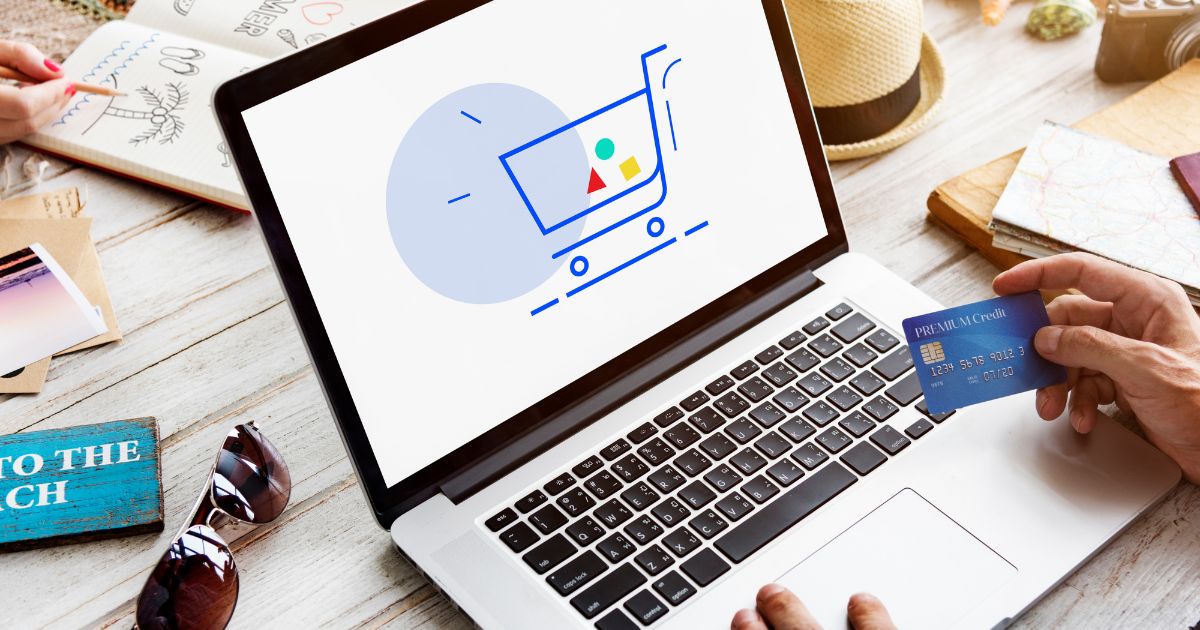
| June 25th, 2024 |
Comprehensive Guide to Setting Up Payment Gateway on Shopify!
Setting up a payment gateway on your Shopify website is a vital step in ensuring that your clients’ transactions run smoothly and securely. Whether you use Shopify Payments, PayPal, Paycron, or a third-party supplier, this step-by-step tutorial will help you integrate and manage your payment systems efficiently. Keep security and compliance in mind, and regularly check your payment settings to ensure a smooth purchasing experience.
By following these steps, you will be well on your way to running a profitable online store with strong payment processing capabilities.
Understanding Payment Gateway —
Before beginning the setup procedure, it is essential to understand what a payment gateway is and why it is necessary. A payment gateway is a service that permits credit card or direct payment processing for online businesses. It serves as an interface between the merchant and the financial institutions, ensuring safe transaction data transmission.
Key Considerations Before Setting Up —
- Supported Payment Methods: Determine which payment methods are most popular among your target audience. Credit/debit cards, digital wallets, and bank transfers are common options.
- Transaction Fees: Different payment gateways charge different transaction fees. Compare these fees to understand the impact on your profit margins.
- Security: Ensure the gateway complies with Payment Card Industry Data Security Standard (PCI DSS) requirements to protect your customers’ sensitive information.
- Integration: Check if the payment gateway integrates smoothly with Shopify and any other tools you use.
- Currency Support: Verify that the gateway supports the currencies you intend to accept.
Guide to Setting Up Payment Gateway on Shopify —
Step 1: Log in to Your Shopify Admin
- Go to Shopify and log in with your credentials.
- Once logged in, you’ll be directed to the Shopify admin dashboard.
Step 2: Access Payment Settings
- In the Shopify admin, click on “Settings“ located at the bottom of the left-hand sidebar.
- From the Settings menu, select “Payments“.
Step 3: Choose Your Payment Gateway
- Shopify provides several built-in payment gateways such as Shopify Payments, PayPal, Amazon Pay, and others.
- If you prefer a third-party payment gateway, scroll down to “Third-party providers” and click “Choose third-party provider”.
- Browse the list of available providers and select the one that best suits your needs.
Step 4: Configure Shopify Payments (if applicable)
- Shopify Payments is the default and most integrated option for Shopify users. To enable it, click “Complete account setup”.
- Fill in the required details such as business type, personal details, product information, and bank account details.
- Once the information is verified, Shopify Payments will be active on your store.
Step 5: Set Up PayPal
- PayPal is another widely used payment gateway. To set it up, click on “Activate PayPal Express Checkout”.
- You’ll be redirected to the PayPal login page. Log in to your PayPal account.
- Grant the necessary permissions to Shopify to integrate PayPal with your store.
- Once completed, PayPal Express Checkout will be available as a payment option.
Step 6: Configure a Third-Party Payment Gateway
- If you choose a third-party provider, click “Activate” next to the provider’s name.
- Follow the prompts to enter your account details for the third-party provider.
- You might need to log in to the provider’s dashboard and copy-paste API keys or other credentials into Shopify.
- Ensure all details are correctly entered and save the settings.
Step 7: Test Your Payment Gateway
- Once your payment gateway is set up, it’s vital to test it to ensure everything works correctly.
- Create a test product in your store.
- Go through the checkout process and make a purchase using a test payment method provided by your gateway (most gateways offer test credentials).
- Verify that the transaction is processed correctly and that you receive the confirmation emails.
Additional Tips for Managing Payment Gateway —
- Regularly Monitor Transactions: Monitor your transaction history to spot any discrepancies or fraudulent activities.
- Update Settings as Needed: As your business grows, you might need to update your payment gateway settings to accommodate higher transaction volumes or new payment methods.
- Customer Support: Choose a payment gateway with reliable customer support to resolve any issues promptly.
- Backup Gateways: Consider setting up multiple payment gateways as backups to ensure uninterrupted service if one gateway experiences downtime.
Common Issues and Troubleshooting —
- Declined Transactions: Ensure that your customers’ payment methods are supported and that there are no issues with their bank.
- Integration Errors: Double-check API keys and credentials for third-party gateways.
- Currency Mismatches: Verify that the payment gateway supports your store’s currencies.
Conclusion —
Setting up a payment gateway on Shopify is important in starting and running a successful online store. Following this step-by-step tutorial will ensure that your consumers have a smooth and secure checkout experience. Remember to evaluate and adjust your payment settings regularly to ensure that they meet the changing demands of your business. With the correct payment gateway in place, you can achieve e-commerce success.